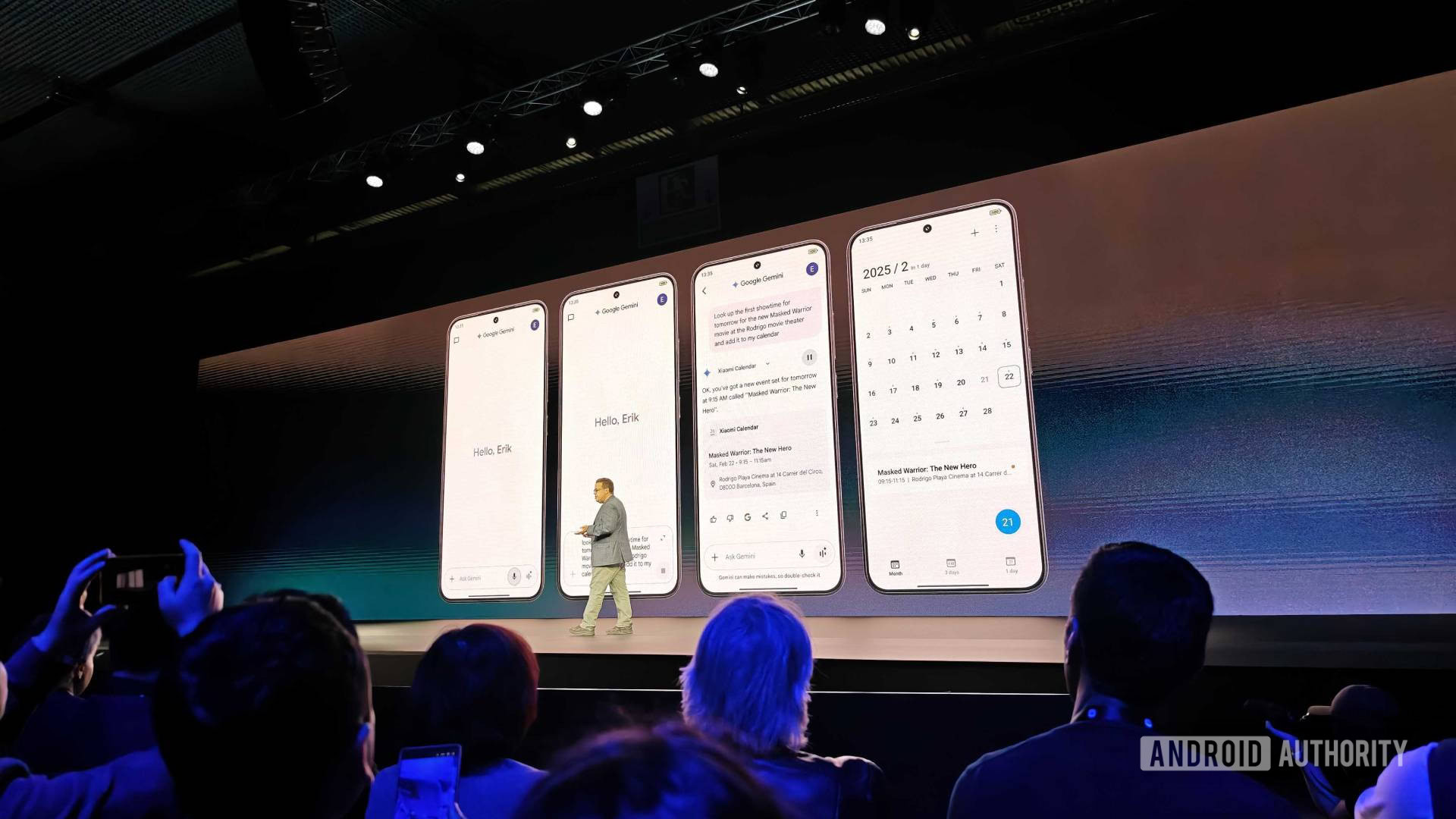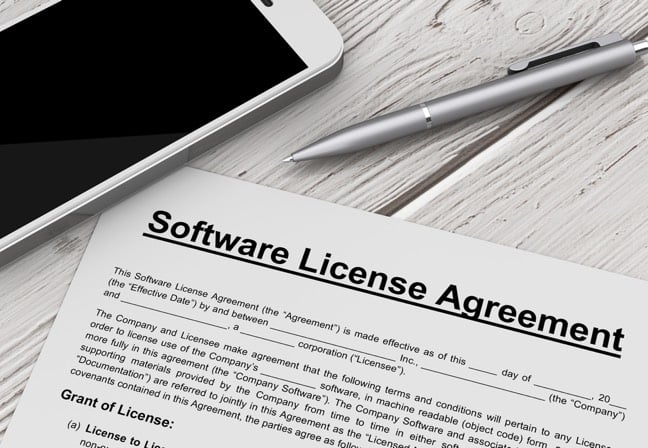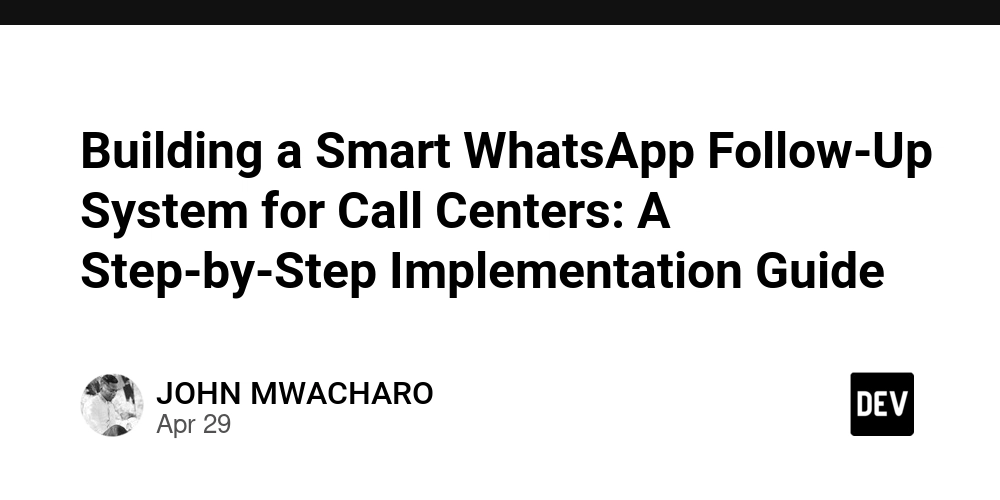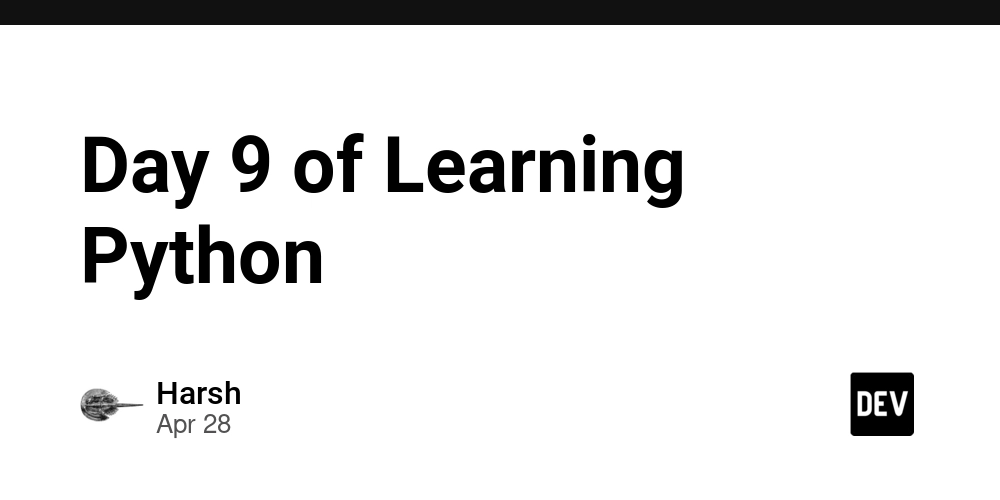How to Await AJAX Response in JavaScript Validation Function?
Introduction If you are working with JavaScript and AJAX, you may encounter scenarios where you need the result of an asynchronous operation before proceeding with subsequent logic. In the context of form validation, this can lead to pitfalls, especially when interactions with a database are involved. In your specific case, you're trying to cancel the submission of a form if an input number already exists in the database by awaiting the AJAX call that checks for this existence. Let's dive deep into how you can effectively manage asynchronous behavior in your validation function. Understanding the Problem The issue arises because AJAX calls are asynchronous; hence, your loadNumRows() function does not complete before the return statement in the validation() function is evaluated. When you call loadNumRows(), it initiates a request to the server to check if the number exists. However, due to the non-blocking nature of AJAX, the numOfRows variable will still be 0 when the validation check happens, leading to incorrect validation results. Step-by-Step Solution To solve this issue, we need to utilize a synchronous way to handle the AJAX response. The simplest way is to return a Promise from the loadNumRows() function so that we can wait for the AJAX call to complete before proceeding with the validation. Here's how to implement this: Modify the loadNumRows Function You should update your loadNumRows function to return a Promise. This will allow it to be awaited in the validation function. function loadNumRows() { return new Promise((resolve) => { $.ajax({ url: 'php/SeeIfNumberExists?number=' + document.getElementById('number_inp').value, type: "GET", cache: false, success: function (html) { numOfRows = parseInt(html); resolve(numOfRows); // Resolve promise once we have numOfRows } }); }); } Update the validation Function Now, we need to make the validation function asynchronous so that we can await the result of loadNumRows. This is how you can do it: async function validation() { try { // Wait for numOfRows to be loaded before any validation checks await loadNumRows(); document.getElementById('failure').hidden = true; } catch (e) { console.log(e.message); } textAreaList = document.getElementsByClassName("text_input"); var failValidation = false; for (var i = 0; i < textAreaList.length; i++) { if (textAreaList[i].value == "") { textAreaList[i].style.border = "2px solid #ff0000"; failValidation = true; } else { textAreaList[i].style.border = "2px solid #286C2B"; } } // Now check numOfRows only after it's loaded return !(failValidation || numOfRows != 0); } Resulting HTML Button Setup Finally, you update your button event listener setup like so: document.getElementById("btn_submit").onclick = async function(event) { const isValid = await validation(); if (!isValid) { event.preventDefault(); // Prevent form submission alert('The number already exists or validation failed!'); } }; Conclusion By turning the loadNumRows() function into a Promise and making the validation function async, you can effectively await the AJAX response before performing your validations. This ensures numOfRows carries the correct value when you're making your validation checks. The async/await feature of JavaScript greatly simplifies the work with asynchronous processes, making your code cleaner and more manageable. Frequently Asked Questions Q1: What is the advantage of using async/await compared to callbacks? A1: Async/await improves code readability and flow by allowing you to write asynchronous code that looks synchronous. It reduces the complexity often associated with callbacks and nested structures. Q2: Can I use async/await with other AJAX libraries? A2: Yes, async/await can be used with any promise-based AJAX libraries, such as Axios or Fetch API. Q3: What if I'm using an older version of JavaScript that doesn't support async/await? A3: In such cases, you might need to stick to using then() with Promises or opt for libraries that provide alternative ways to handle asynchronous code like jQuery's deferred methods.

Introduction
If you are working with JavaScript and AJAX, you may encounter scenarios where you need the result of an asynchronous operation before proceeding with subsequent logic. In the context of form validation, this can lead to pitfalls, especially when interactions with a database are involved. In your specific case, you're trying to cancel the submission of a form if an input number already exists in the database by awaiting the AJAX call that checks for this existence. Let's dive deep into how you can effectively manage asynchronous behavior in your validation function.
Understanding the Problem
The issue arises because AJAX calls are asynchronous; hence, your loadNumRows() function does not complete before the return statement in the validation() function is evaluated. When you call loadNumRows(), it initiates a request to the server to check if the number exists. However, due to the non-blocking nature of AJAX, the numOfRows variable will still be 0 when the validation check happens, leading to incorrect validation results.
Step-by-Step Solution
To solve this issue, we need to utilize a synchronous way to handle the AJAX response. The simplest way is to return a Promise from the loadNumRows() function so that we can wait for the AJAX call to complete before proceeding with the validation. Here's how to implement this:
Modify the loadNumRows Function
You should update your loadNumRows function to return a Promise. This will allow it to be awaited in the validation function.
function loadNumRows() {
return new Promise((resolve) => {
$.ajax({
url: 'php/SeeIfNumberExists?number=' + document.getElementById('number_inp').value,
type: "GET",
cache: false,
success: function (html) {
numOfRows = parseInt(html);
resolve(numOfRows); // Resolve promise once we have numOfRows
}
});
});
}
Update the validation Function
Now, we need to make the validation function asynchronous so that we can await the result of loadNumRows. This is how you can do it:
async function validation() {
try {
// Wait for numOfRows to be loaded before any validation checks
await loadNumRows();
document.getElementById('failure').hidden = true;
} catch (e) {
console.log(e.message);
}
textAreaList = document.getElementsByClassName("text_input");
var failValidation = false;
for (var i = 0; i < textAreaList.length; i++) {
if (textAreaList[i].value == "") {
textAreaList[i].style.border = "2px solid #ff0000";
failValidation = true;
} else {
textAreaList[i].style.border = "2px solid #286C2B";
}
}
// Now check numOfRows only after it's loaded
return !(failValidation || numOfRows != 0);
}
Resulting HTML Button Setup
Finally, you update your button event listener setup like so:
document.getElementById("btn_submit").onclick = async function(event) {
const isValid = await validation();
if (!isValid) {
event.preventDefault(); // Prevent form submission
alert('The number already exists or validation failed!');
}
};
Conclusion
By turning the loadNumRows() function into a Promise and making the validation function async, you can effectively await the AJAX response before performing your validations. This ensures numOfRows carries the correct value when you're making your validation checks. The async/await feature of JavaScript greatly simplifies the work with asynchronous processes, making your code cleaner and more manageable.
Frequently Asked Questions
Q1: What is the advantage of using async/await compared to callbacks?
A1: Async/await improves code readability and flow by allowing you to write asynchronous code that looks synchronous. It reduces the complexity often associated with callbacks and nested structures.
Q2: Can I use async/await with other AJAX libraries?
A2: Yes, async/await can be used with any promise-based AJAX libraries, such as Axios or Fetch API.
Q3: What if I'm using an older version of JavaScript that doesn't support async/await?
A3: In such cases, you might need to stick to using then() with Promises or opt for libraries that provide alternative ways to handle asynchronous code like jQuery's deferred methods.






































































































































































![[The AI Show Episode 145]: OpenAI Releases o3 and o4-mini, AI Is Causing “Quiet Layoffs,” Executive Order on Youth AI Education & GPT-4o’s Controversial Update](https://www.marketingaiinstitute.com/hubfs/ep%20145%20cover.png)














































































































































































-Assassin's-Creed-Shadows---How-to-Romance-Lady-Oichi-00-06-00.png?width=1920&height=1920&fit=bounds&quality=70&format=jpg&auto=webp#)
































































































 Stolen 884,000 Credit Card Details on 13 Million Clicks from Users Worldwide.webp?#)






























































































![Chrome 136 tones down some Dynamic Color on Android [U]](https://i0.wp.com/9to5google.com/wp-content/uploads/sites/4/2023/03/google-chrome-logo-4.jpg?resize=1200%2C628&quality=82&strip=all&ssl=1)















![Apple Shares Official Teaser for 'Highest 2 Lowest' Starring Denzel Washington [Video]](https://www.iclarified.com/images/news/97221/97221/97221-640.jpg)

![Under-Display Face ID Coming to iPhone 18 Pro and Pro Max [Rumor]](https://www.iclarified.com/images/news/97215/97215/97215-640.jpg)


































































































